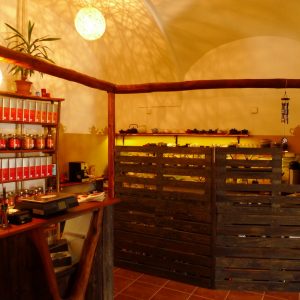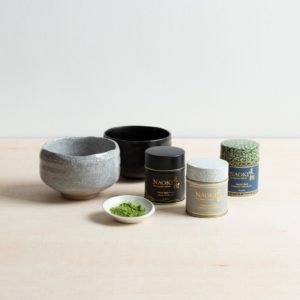Teaware: The Taster’s Mug

The taster’s mug, 150 ml version. Notice how the ideal design should allow you to rest the mug on the mouth of the tea bowl to drain well the infused liquor for proper tasting.
Referred to also as the Taster’s Brewing Mug, this is one of my favourite piece of tea ware. Not that it is a professional tool, but because it helps to make good tea very conveniently.
It has some of the advantages of the gaiwan except that it is not as easy to clean but it is much easier to learn and makes even better tea if using the conventional approach.
This is also the default teaware for professional tea tasting (ISO 3103: 1980). I advise using the smaller version listed in the standard, not only for ease of use, but also for better taste results and less waste if you are really doing cupping with a number of this, so you are not wasting tea. Finer teas are quite many number of times more expensive than those used in the mugs of most professional tasters on their jobs.
Using a Taster’s Mug
The use of this tool requires the least practice. See the “Tasting” chapter.
Choosing a Taster’s Mug
One reason why this teaware generally gives the best infusion result is its thickness in proportion to its size. A traditionally made taster’s mug is slab built, which gives it a relatively even and thick sidewall. This works well with its small surface area to minimize heat loss during infusion. The design works well when the mug size is about 150 ml capacity. I have used larger ones that are good but not as nicely. It seems to me that the larger 300ml version has the same wall thickness, so relatively thinner than the smaller capacity one.
When you are shopping for a taster’s mug, check that the sidewall is quite perpendicular and thick in the body ( about 4 ~5 mm for a 150 ml mug ). The thickness ( not the shape of the mug ) should taper towards the mouth so that it pours well. The “teeth” for sieving should be even and evenly spaced. Designs with 4 ~ 5 holes each 2 ~ 3 mm wide pour well. Designs with teeth with narrow slits do not do as well, and they are difficult to clean. There are also designs with one hole. I think their existence justifies only the convenience for the maker.
Make sure also that the lid is flat against the mouth of the mug and there is an air hole. The size of the mug should allow itself to sit on the receiving tea bowl comfortably so that you can leave the mug there draining the last drops. This is rather crucial because if you are doing a cupping session with a number of mugs, you cannot possibly hold each mug there till it is thoroughly drained.
I’d always go for white porcelain simply because for the need to see the infusion and the leaves clearly. I also like my tools easy to keep clean. There are stoneware ones with white glaze, those that I have seen are quite clumsy and do not pour well.










